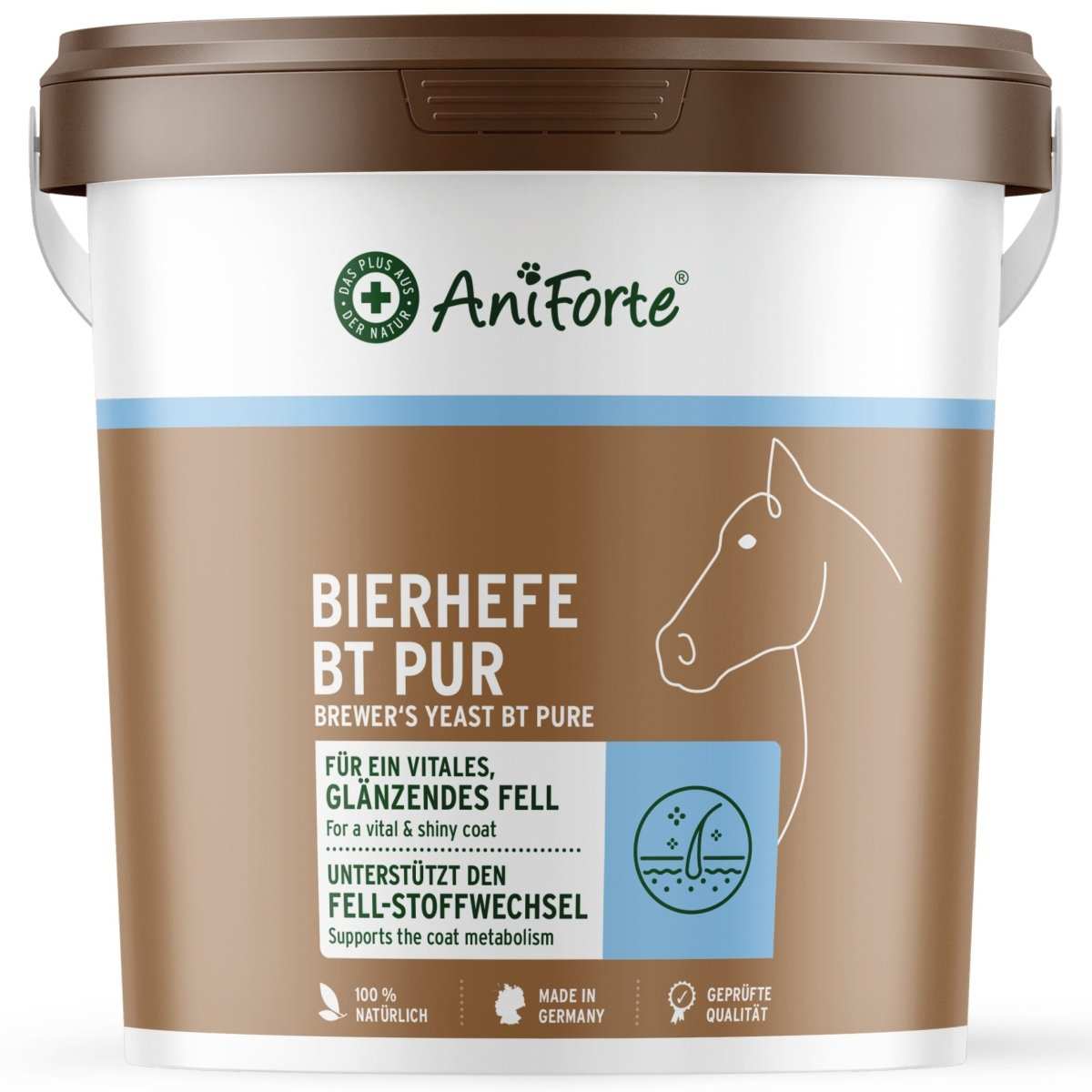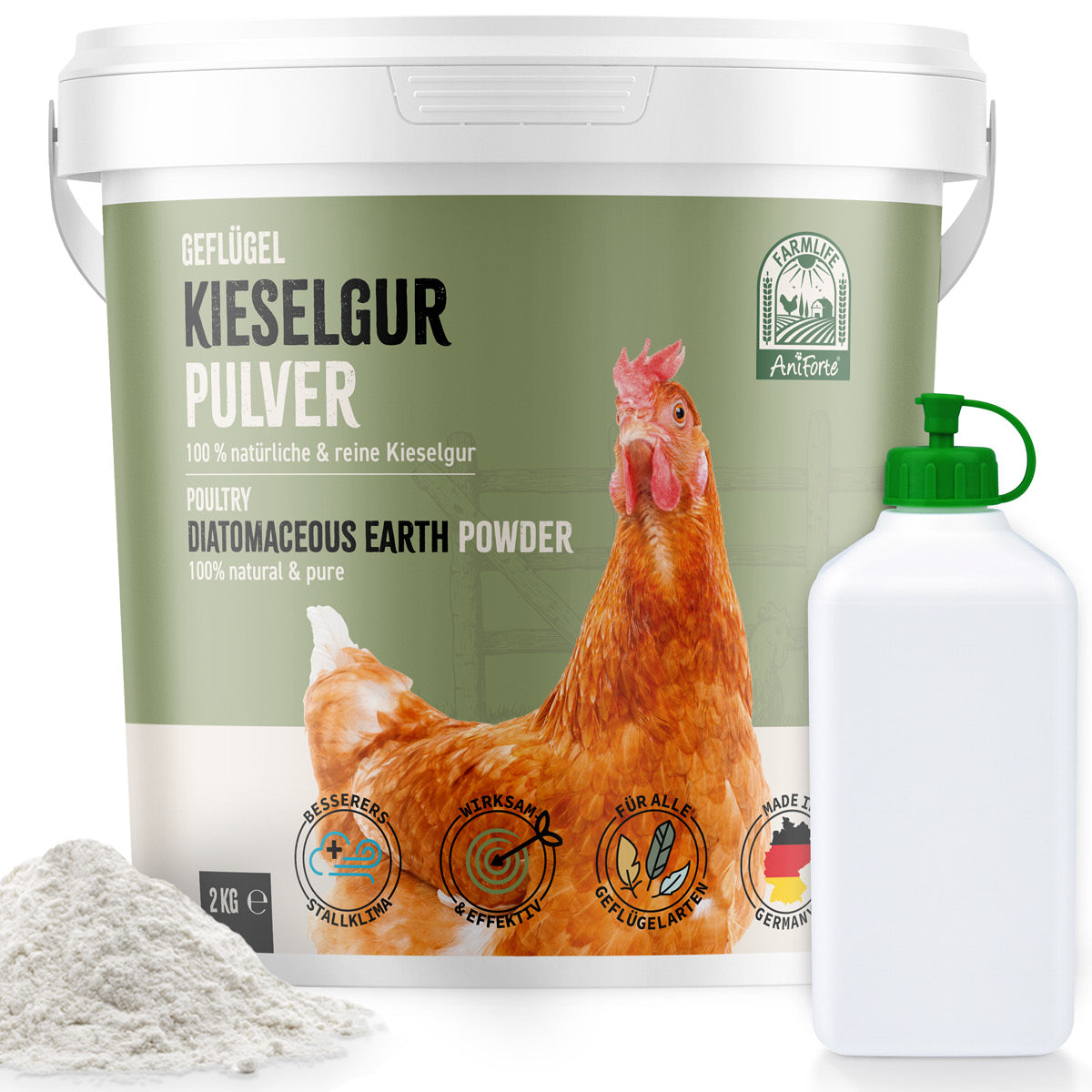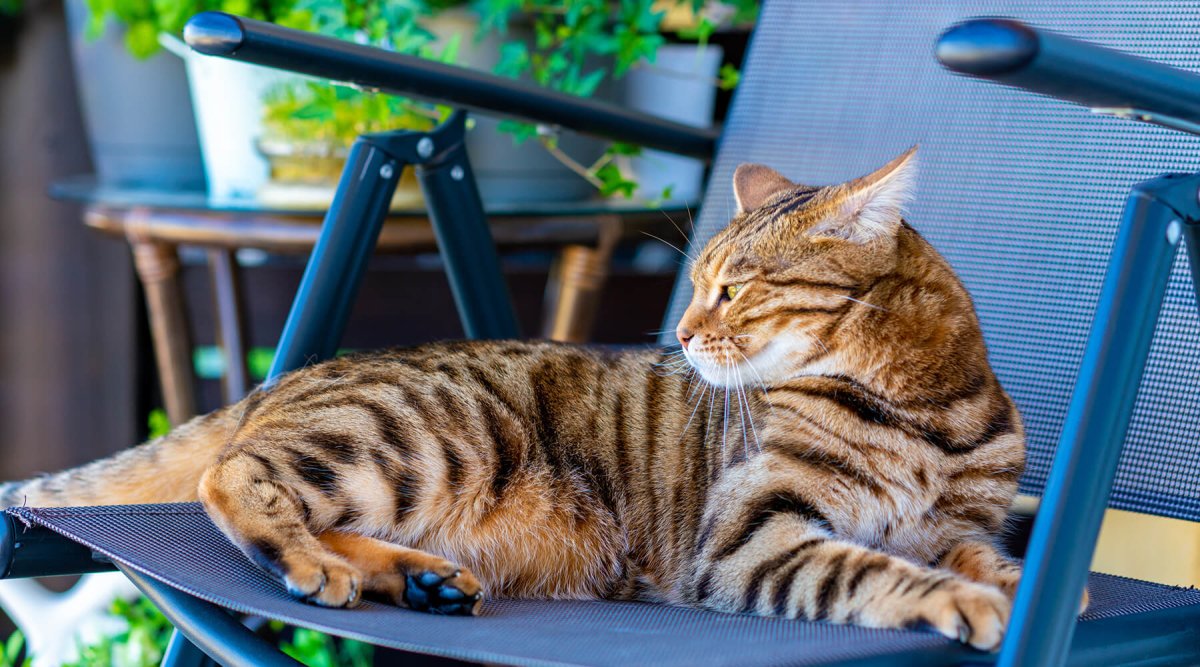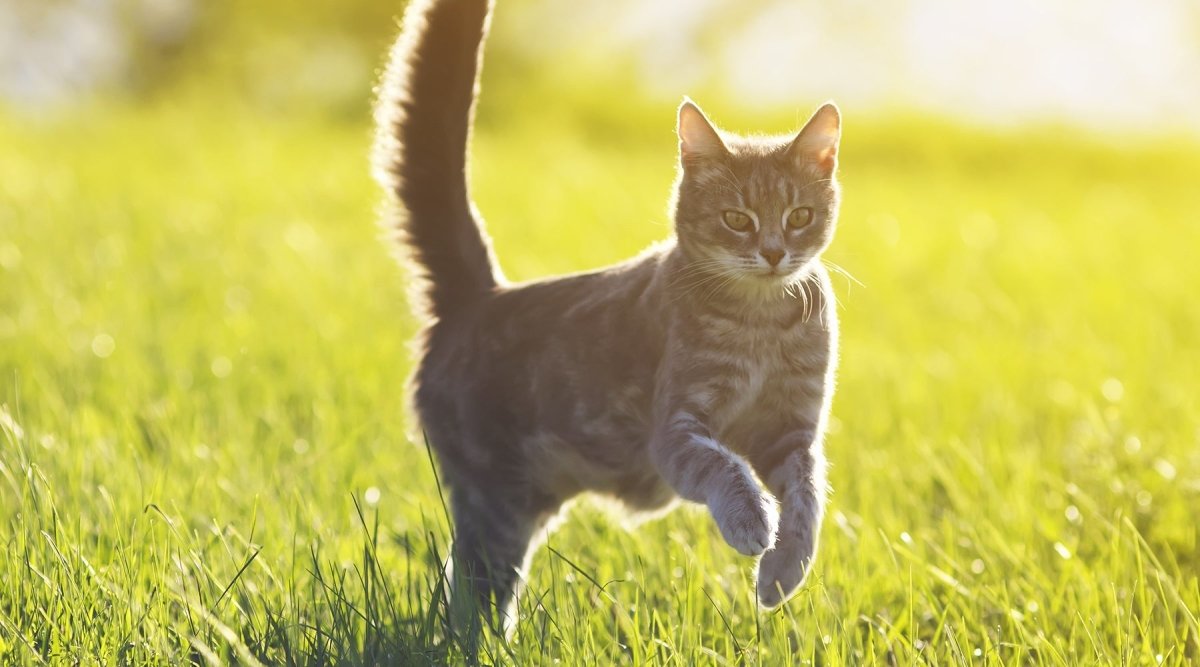Treacherous traces on carpets and upholstered furniture bear witness to an annual event during these weeks: It's time for your cat's coat change again. How can you best support your pet? And how can you get rid of the annoying hair? Our veterinary practitioner has the answers.
What happens when a cat sheds?
Cats shed hair not only when changing from summer to winter coat, but also during the other months. Your velvet paw regularly goes through four different phases:
1. anagen phase = hair growth
2. catagen phase = transitional stage
3. telogen phase = resting phase
4. exogenous phase = shedding
Cats also shed their entire coat twice a year. From a thick winter coat to a light summer coat and vice versa. The change of coat depends on the temperature and light conditions.
Because of this dependency, outdoor cats shed much more seasonally, while indoor cats shed more fur permanently due to the heat from the heating and artificial light. The following applies to seasonal shedding: In spring, your little tiger loses its hair as temperatures rise. Between April and October in particular, you may notice increased shedding in your cat during the warm spring and summer months. In the fall, the colder it is, the more dense fur grows back.
But where does all the hair end up?
Annoying and dangerous - hairballs in cats
Cat hair not only ends up on your clothes and upholstered furniture, but unfortunately also often in your cat's stomach. This is due to the fact that cats pick up a lot of hair with their rough tongue when grooming.
During shedding, this hair collects in the gastrointestinal tract, where it can form very solid hairballs together with chyme and digestive juices. The hairballs can cause inflammation of the stomach lining or an intestinal blockage in your furry friend. To avoid this, your cat regularly regurgitates the hairballs. To trigger regurgitation, many cats eat more grass during the shedding period.
What can I do to help my cat during the shedding period?
Although cats are such independent animals, our support can help them to survive natural processes better. After all, not every city cat can find grass on their balcony, for example. To give your furry friend the best possible support during the shedding process, you can pay attention to the following things:
Regular brushing
This ensures that loose hair is removed and prevents hairballs and a furred apartment. Brushing also stimulates blood circulation and therefore speeds up the shedding process. This is particularly helpful for long-haired cats, who mat quickly, or outdoor cats with a thick undercoat, who will be particularly grateful for the loving grooming during the change from winter to summer.
Supportive food
Indoor cats should be fed accordingly all year round, while outdoor cats need this support mainly during the season.
Salmon oil
This helps to eliminate shed hair and provides your furry friend's skin with unsaturated fatty acids. This natural product, such as omega-3 salmon oilstimulates normal hair growth.
Brewer's yeast, silicon and unsaturated fatty acids
Vital powder for coat and skin Your cat's coat and skin will be thick and shiny. It also supports sensitive cat skin and can help your cat to change its coat by compensating for a nutritional deficiency of vital nutrients.
High-quality wet food
High-quality food with lots of fresh meat provides your little tiger with valuable nutrients. A balanced and healthy diet is particularly important during the stressful time of shedding. In the PureNature range range includes various types of premium quality food.
Planting cat grass
If you have a garden or balcony that your velvet paw can also use, cat grass is a natural helper. Many animals - including indoor cats - like to eat it and it helps them to expel hairballs.
What can I do about all the cat hair?
To win the battle against daily shedding, a certain amount of effort cannot be avoided. This includes daily vacuuming as well as keeping lint rollers on hand to quickly remove hair from clothes and other items when needed.
Perhaps you can simply cover your cat's favorite places or pieces of furniture that need to be protected - such as a new couch - with blankets. Make sure that these are easy to machine wash and tumble dry. Cat hair often comes off much more easily in the dryer than in the washing machine. Upholstered furniture can also be easily dehaired with a moistened rubber glove.
Few hair-raising experiences and a great time!





